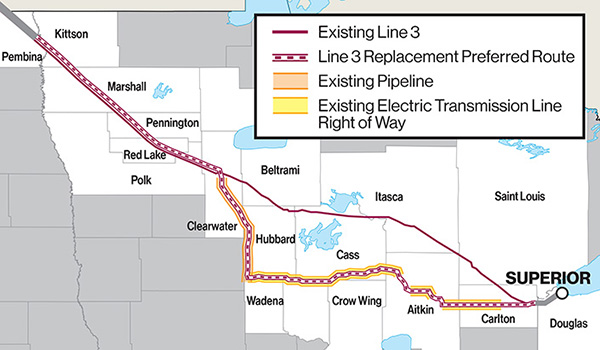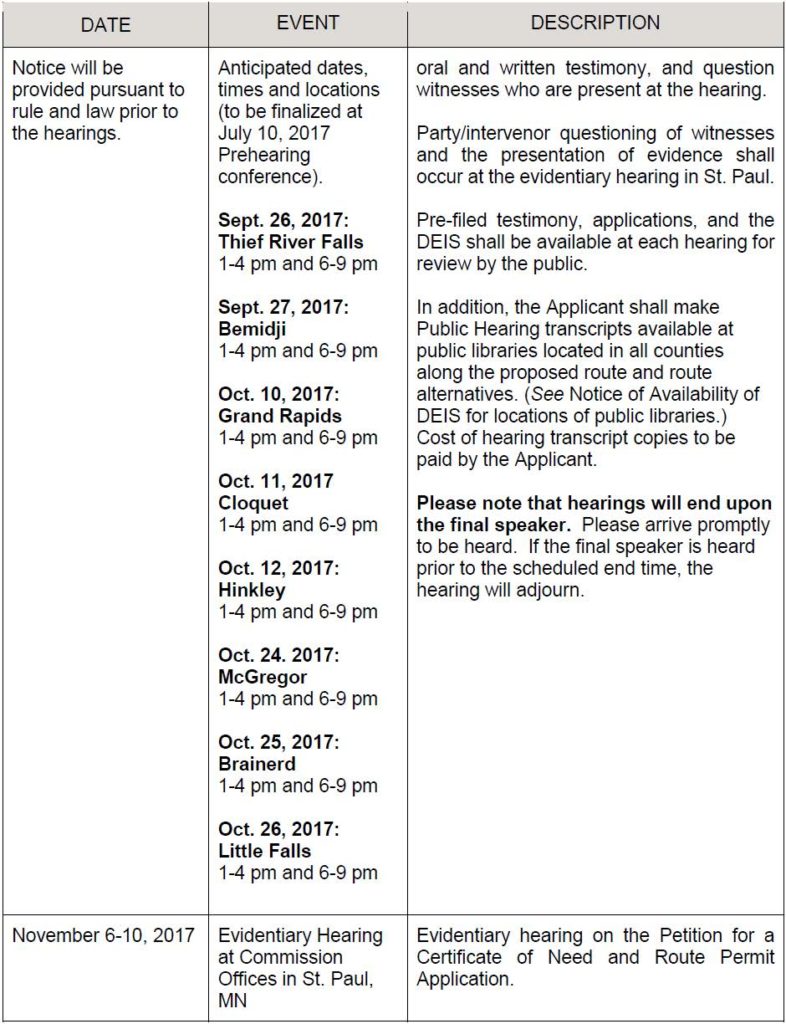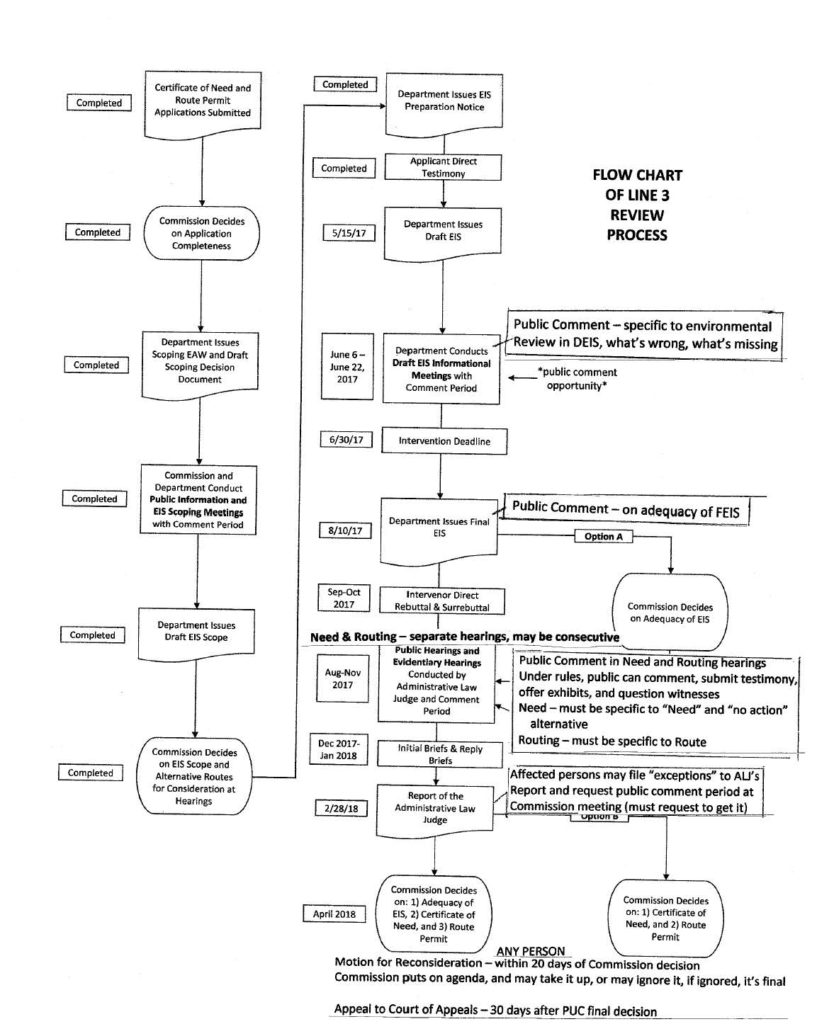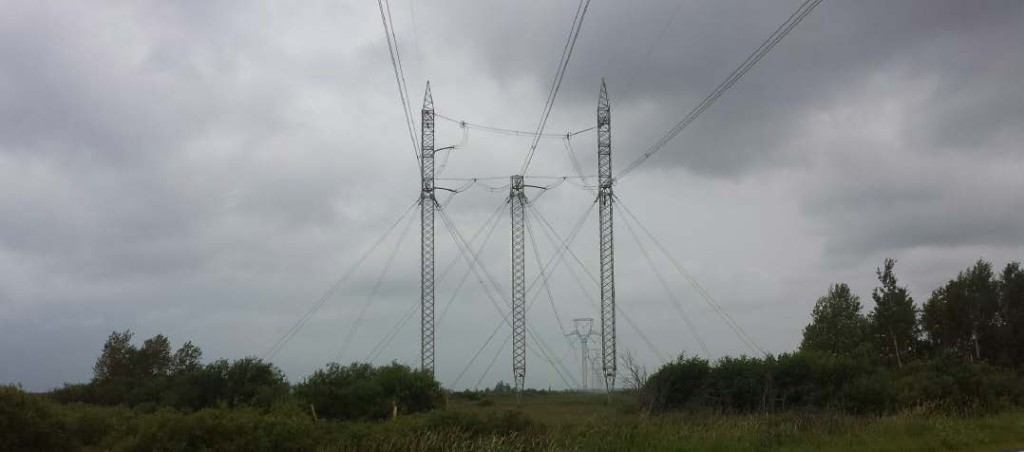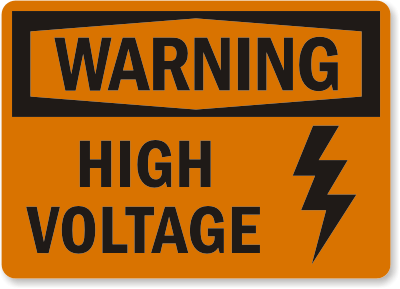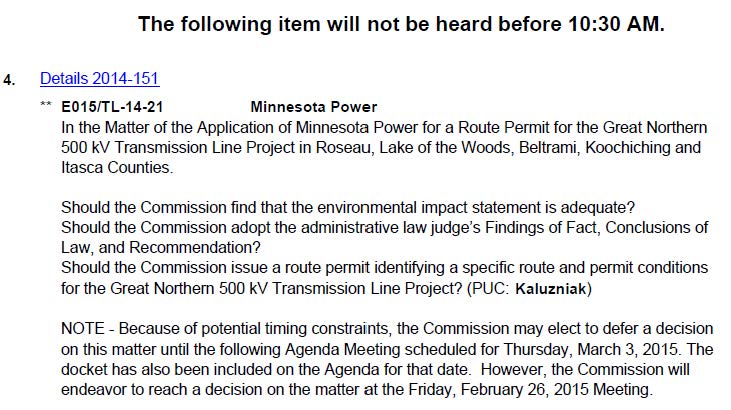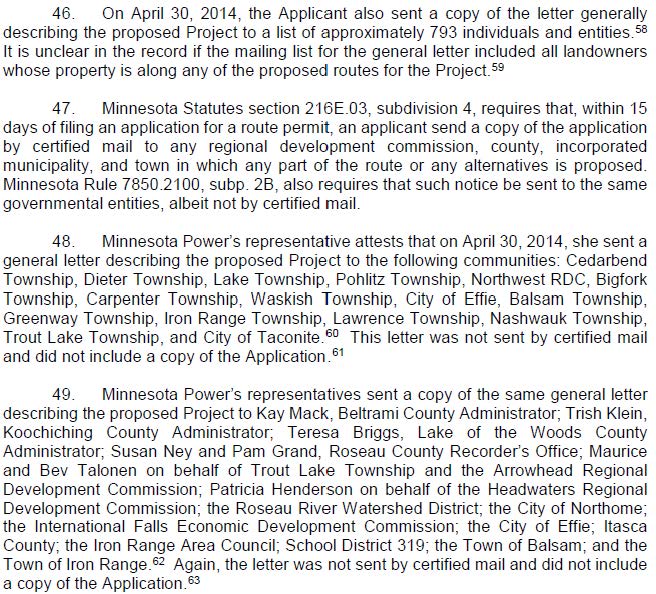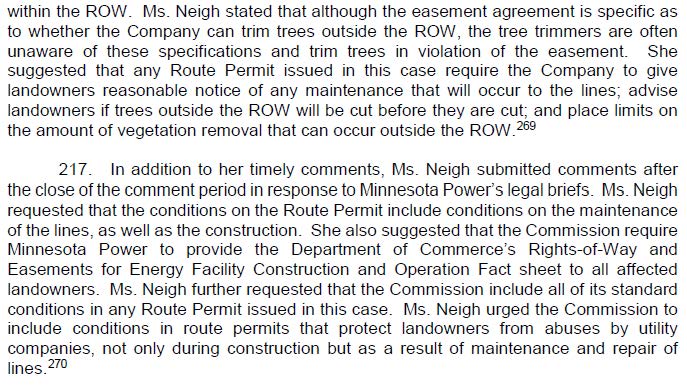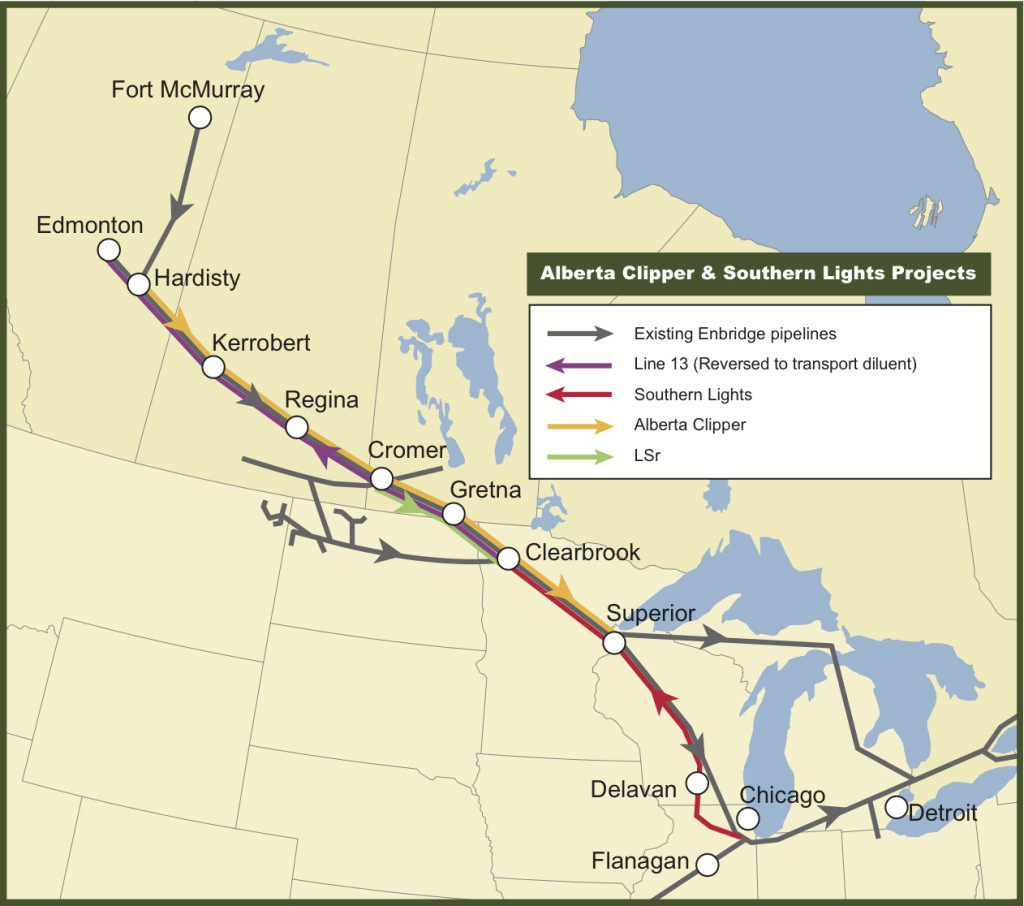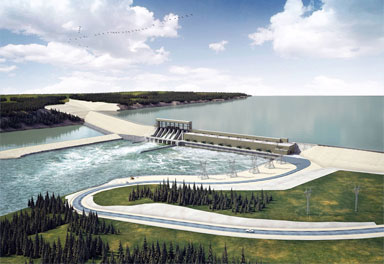$453M Manitoba Hydro line to Minnesota could face delay after energy board recommendation
Really! And here’s the info straight from the National Energy Board’s “Manitoba-Minnesota” page:
31 October 2017: Recommendation to the Minister regarding Manitoba-Minnesota Transmission Project [Filing A87404]
- The recommendation to elevate the regulatory process to a certificate was made following careful analysis of recent Supreme Court rulings and the Manitoba Clean Environment Commission recommendation report for the project.
- A certificate process will ensure that Indigenous considerations are fully taken into account as part of the Board’s assessment.
- The process will provide greater regulatory certainty to Manitoba Hydro as it imposes a legislated time limit on the assessment.
- Wherever possible, the NEB will seek to minimize duplication between the provincial and federal processes.
- The NEB is committed to carrying out a regulatory assessment of the Manitoba-Minnesota Transmission Project that is open, fair, timely and accessible.
Bottom line:
Therefore the Board is recommending to the Minister, pursuant to subsection 58.14 (1) of the NEB Act that the Project be designated by order of the Governor in Council under section 58.15 of the NEB Act as an IPL that is to be constructed and operated in accordance with a certificate issued under section 58.16.
There will be an Order, either following through on this recommendation, or denying it and proceeding. But this is an interesting twist, focused on First Nation rights.
Here’s where you can get more information from the Canadian side of the border:
National Energy Board – Manitoba-Minnesota transmission page
Here’s Canada’s Clean Environment Commission’s Manitoba-Minnesota transmission page


